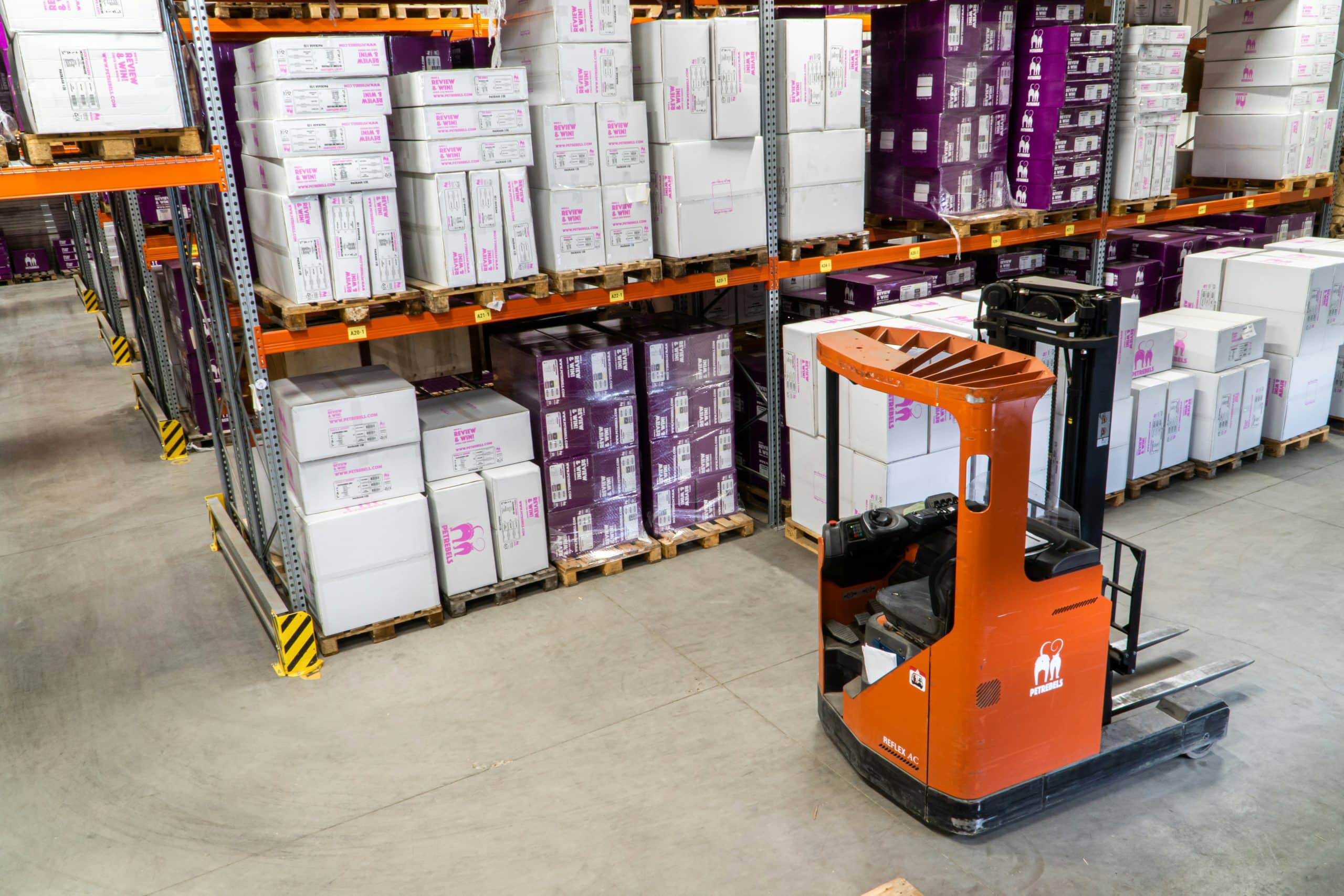What Are the Emerging Trends in AI-Driven Predictive Inventory Management?

In the ever-evolving business landscape, maintaining optimal inventory levels is a challenge for many enterprises. While traditional methods may have sufficed in yesteryears, the increasing complexity and scale of operations demand more advanced and efficient solutions. This is where Predictive Inventory Management powered by Artificial Intelligence (AI) comes into play.
AI-driven predictive inventory management is a system that leverages machine learning algorithms and big data to predict future inventory requirements. It helps businesses avoid stockouts and overstock situations, thereby saving costs and improving customer satisfaction. In this article, we explore the emerging trends in this sector, providing you with insights and an understanding of the future of inventory management.
Lire également : Digital marketing trends in 2023
AI-Driven Demand Forecasting
Accurate demand forecasting is the cornerstone of effective inventory management. In this context, AI and machine learning algorithms are significantly improving the accuracy and efficiency of demand forecasting.
AI-Driven Demand Forecasting utilizes historical sales data, external factors such as seasonal trends, market conditions, and consumer behavior patterns to predict future demand. An AI system can analyze vast amounts of data more quickly and precisely than any human, identifying hidden patterns and correlations that might not be apparent otherwise. As a result, businesses can make informed decisions about how much inventory to hold, when to reorder, and how to allocate resources.
A lire en complément : The importance of corporate culture
Real-Time Inventory Management
In an age where instantaneous service is the norm, Real-Time Inventory Management has emerged as a significant trend. As the name suggests, this system provides real-time updates on inventory levels, helping companies track their assets and respond to changes promptly.
AI-driven systems can process and analyze data instantly, enabling real-time inventory tracking. These systems can monitor stock levels across multiple locations, integrate data from different sources, and provide alerts when stocks fall below predetermined levels. This not only enhances operational efficiency but also improves customer satisfaction by preventing stockouts.
Predictive Analytics in Supply Chain
The supply chain is another area where AI-driven predictive analytics is making a significant impact. Predictive analytics is a form of data analytics that uses statistical algorithms and machine learning techniques to predict future outcomes based on historical data.
In the context of the supply chain, predictive analytics can forecast supplier performance, anticipate potential disruptions, assess risks, and suggest optimal routes and modes of transport. This allows businesses to plan their supply chain activities more effectively, reduce costs, and ensure timely delivery of products.
Autonomous Robots in Warehousing
The use of autonomous robots in warehousing is an innovative trend that’s altering the face of inventory management. These robots, powered by AI, can perform a wide range of tasks, from picking and packing items to restocking shelves and performing inventory checks.
The advantage of applying AI in this context is that robots can work round the clock without fatigue, thereby increasing productivity. They can also navigate complex warehouse layouts, identify items accurately, and handle them with precision, reducing errors and improving efficiency.
AI-Driven Prescriptive Analytics
While predictive analytics focuses on forecasting what might happen, prescriptive analytics goes a step further to suggest actions to benefit from the predictions. In inventory management, AI-driven prescriptive analytics can provide actionable insights into managing stocks more effectively.
For instance, if the system predicts a surge in demand for a particular product, it can suggest increasing the stock levels of that product. Alternatively, if the system anticipates a slowdown, it can recommend reducing inventory or launching promotional campaigns to boost sales. Such recommendations can help businesses respond proactively to market trends, maximize sales, and optimize inventory levels.
As we delve deeper into the digital age, it’s evident that AI-driven predictive inventory management is becoming increasingly crucial for businesses. The trends we’ve discussed here, from AI-driven demand forecasting and real-time inventory management to the use of autonomous robots in warehousing and prescriptive analytics, are just the tip of the iceberg. The future is likely to witness further advancements in this field, opening up new possibilities for efficient and effective inventory management.
Blockchain Integration in Predictive Inventory Management
In the era of AI and machine learning, blockchain technology has emerged as a disruptive force, transforming various sectors, including inventory management. Blockchain is a decentralized, distributed ledger system that validates and records transactions across multiple computers. Its application in inventory management, particularly in predictive analytics, is a trend that’s gathering momentum.
When integrated with AI-powered systems, blockchain can enhance the accuracy, transparency, and security of inventory management. The technology can track and record the movement of goods across the supply chain in real-time, providing accurate and tamper-proof data for AI systems to analyze.
Furthermore, blockchain facilitates seamless information sharing among all stakeholders in the supply chain network, including suppliers, manufacturers, and retailers. This allows AI systems to access a wealth of data, including historical transactions, demand trends, market conditions, and supply chain disruptions. By analyzing this data, AI can predict future inventory requirements with a greater degree of accuracy.
Moreover, the integration of blockchain with AI-driven predictive inventory management can help combat fraud and counterfeiting. Blockchain’s immutable nature and transparency make it difficult for malicious entities to manipulate or forge inventory data. This adds another layer of security, ensuring the integrity of the goods and maintaining trust among stakeholders.
Conclusion: The Future of AI in Predictive Inventory Management
The dawn of AI in predictive inventory management has revolutionized the way businesses operate, offering unprecedented levels of efficiency, accuracy, and cost savings. The trends discussed in this article, from AI-driven demand forecasting, real-time inventory management, predictive analytics in supply chain, autonomous robots in warehousing, AI-driven prescriptive analytics, to the integration of blockchain, showcase the vast potential of this technology.
However, it’s essential to note that AI is not a magic wand that will instantly solve all inventory management problems. Businesses need to make significant investments in data infrastructure, employee training, and process redesign to fully reap the benefits of AI. Moreover, issues related to data privacy, security, and regulation need to be addressed.
Looking ahead, the future of AI in predictive inventory management is indeed promising. As technology evolves and businesses become more digital-savvy, we can expect even more innovative applications of AI. AI-powered technologies will continue to mature, getting smarter, faster, and more reliable, opening a realm of possibilities for businesses worldwide.
In conclusion, AI-driven predictive inventory management is not just an emerging trend; it’s the future. By harnessing the power of AI, businesses can anticipate inventory needs accurately, ensure a smooth supply chain, enhance customer satisfaction, and ultimately, achieve sustainable growth.
